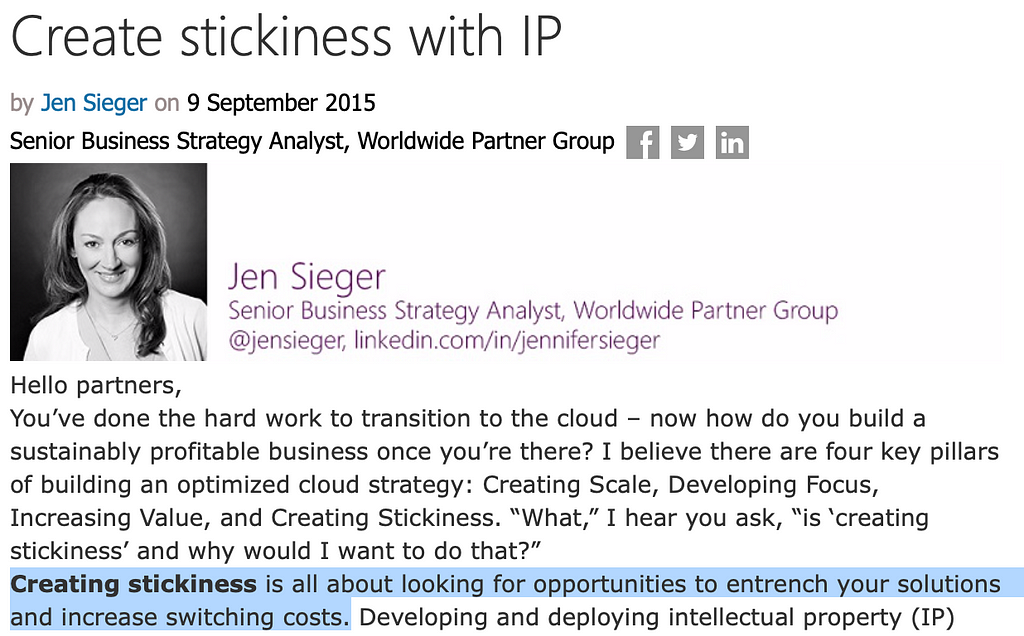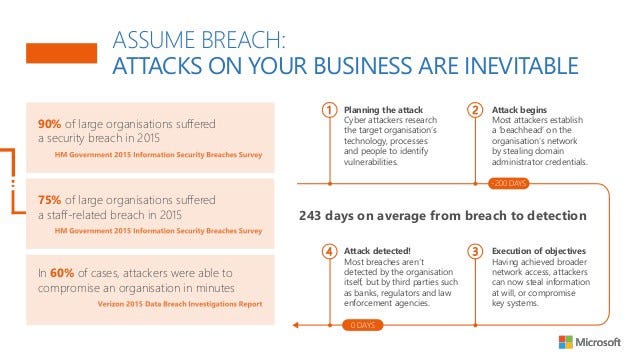Latest news about Bitcoin and all cryptocurrencies. Your daily crypto news habit.

Despite maintaining a portfolio of aging products that have never been as complex, buggy, vulnerable, or costly to manage as they are today, IT professionals around the world maintain that Microsoft products remain the best in their class. To their credit, Microsoft is the largest company in the world when measured by market cap, the prevalence of their products is undeniable, and Windows is still the de facto gaming platform, so it’s easy to see why so many are under this impression. But market cap, prevalence, and gaming are not the measures of all things and a different narrative immediately becomes apparent when relying on metrics that actually take consumer and business welfare into account to determine which is the best.
Case in point and despite their prevalence or market cap, one would have to scrape the proverbial barrel in order to find a metric that favors Microsoft mainstays relative to their competition when evaluating them based on metrics emphasizing on business welfare that prioritize quality, productivity, simplicity, security, supportability, etc. This is so much the case that, IBM, the inventor of PCs, noticed a reduction in ownership costs to 1/3 that of Windows PC users by migrating users to the Apple ecosystem; which is significant amount of disparity in an industry where even a 1% savings will make executives randy.
Meanwhile, there is not a cloud service in existence more vulnerable than Microsoft’s own Azure and Office 365 platforms. After having their cloud infrastructure exploited repeatedly, Microsoft, Deloitte, and countless other firms have proven that it simply isn’t possible to cover the ballooning threat surface of Microsoft’s ecosystem. Even Microsoft itself advises security professionals to assume breach throughout their cloud and legacy ecosystems; just not in their marketing materials.
Despite their solutions amounting to a venerable idiot tax when compred to their competition, businesses around the world seeking quick and easy productivity continue to deploy Microsoft solutions throughout their infrastructure to this very day. How is this possible? How can Windows be the most prominent operating system in the world while Microsoft exists as the largest company ever despite these rather damning shortcomings highlighted by IBM? And what is keeping businesses within the Microsoft ecosystem despite this?
As shown by the Sackler family with Oxycodone, businesses can profit immensely by compromising consumer welfare and manufacturing products that are streamlined addiction and dependence while often being the antithesis of everything that they claim to provide. Although it often goes overlooked, technology can also be engineered for entrenchment and dependence and Microsoft has historically been the poster child of such practices.
 Source: https://blogs.partner.microsoft.com/mpn/create-stickiness-with-ip/
Source: https://blogs.partner.microsoft.com/mpn/create-stickiness-with-ip/
Microsoft got in trouble in 2001 for artificially increasing the entrance barrier of their competition. The damage was already done though and it seems as if they have not gotten enough credit for their efforts made to artificially increase the exit barrier of their own products since then. While this approach is commonly referred to as lock-in and is anywhere from frowned upon to illegal depending on who you ask, Microsoft publicly refers to it as “creating stickiness” even though they’re functionally synonymous.
Once these anti-competitive practices resulted in the saturation of their products throughout industry, Microsoft opted to engineer their software for stickiness as a means of artifically inflating the cost and barriers of exit required to migrate to a competing platform. In fact, Microsoft is so effective at baking this sort of dependency into their products that even upgrading existing versions of their software to newer builds is often the substance of nightmares. And this only gets worse when trying to upgrade to one of their competitors as any modern business will gladly confirm; including Microsoft:
“The Windows API is so broad, so deep, and so functional that most ISVs would be crazy not to use it. And it is so deeply embedded in the source code of many Windows apps that there is a huge switching cost to using a different operating system instead. It is this switching cost that has given customers the patience to stick with Windows through all our mistakes, our buggy drivers, our high TCO, our lack of a sexy vision at times, and many other difficulties. Customers constantly evaluate other desktop platforms, but it would be so much work to move over that they hope we just improve Windows rather than force them to move. In short, without this exclusive franchise called the Windows API, we would have been dead a long time ago. The Windows franchise is fueled by application development which is focused on our core APIs.”Aaron Contorer, Microsoft, 2004
body[data-twttr-rendered="true"] {background-color: transparent;}.twitter-tweet {margin: auto !important;}
Microsoft partners earn 19% higher margins than the partners of the next closest competitor (Source: AMI) (6/7)
body[data-twttr-rendered="true"] {background-color: transparent;}.twitter-tweet {margin: auto !important;}
17 million people are employed by Microsoft partners around the globe (4/7)
However, Microsoft could not have achieved market saturation, let alone build a billion-dollar empire on sordid software alone. Technology built in such a manner does not tend to fare too well in free markets and needs quite a bit of help to offset these shortcomings. Accordingly, Microsoft products have the highest resale margins while also creating the most opportunities and long-term necessity for IT consultants and managed services providers. While few of Microsoft’s products fare well in the free market, this couldn’t be further from the truth in market sectors that are heavily influenced by their expansive partner network consisting of millions of IT consultants and managed services providers around the world.
body[data-twttr-rendered="true"] {background-color: transparent;}.twitter-tweet {margin: auto !important;}
For every $1 of Microsoft revenue, our partners earn $9.01 (Source: IDC) (2/7)
body[data-twttr-rendered="true"] {background-color: transparent;}.twitter-tweet {margin: auto !important;}
95% of Microsoft's commercial revenue comes from partners (3/7)
Although these products generate 100+ billion in annual revenue for Microsoft, it often goes overlooked that their implementation at scale also creates a multi-trillion dollar annual support burden throughout industry that countless IT professionals thrive off of; partner or not. According to Microsoft, partner firms are responsible for 95% of Microsoft’s revenue and basically stand to make $9 for every $1 that they generate for Microsoft on average and as a result. This is not a coincidence or an accident, but an intentioned conflict of interest when Microsoft’s competitors can fractionalize their TCO.
Although many interpret the present complex, buggy, vulnerable, and costly state of Microsoft solutions as the product of ignorance and apathy, these aren’t the actions of a firm ignorant to software engineering best practices. It actually requires a high-level understanding of software to engineer it for entrenchment, dependence, and lock-in, let alone build an extensive partner network to distribute it through and Microsoft’s market performance is a testament to this, not an exception.
No differently than Purdue Pharmaceutical being dependent on a network of profiteering drug dealers masquerading as doctors, it seems as if Microsoft is dependent on a conflicted network of maladapted experts entrenching their own products throughout industry just the same. When combining such a conflict of interest with products streamlined for entrenchment in a woefully under-regulated industry, Microsoft’s success, the prevalence of Windows, and their staying power throughout industry instantly becomes much more palpable and markedly less ethical.
Digital Oxy was originally published in Hacker Noon on Medium, where people are continuing the conversation by highlighting and responding to this story.
Disclaimer
The views and opinions expressed in this article are solely those of the authors and do not reflect the views of Bitcoin Insider. Every investment and trading move involves risk - this is especially true for cryptocurrencies given their volatility. We strongly advise our readers to conduct their own research when making a decision.
